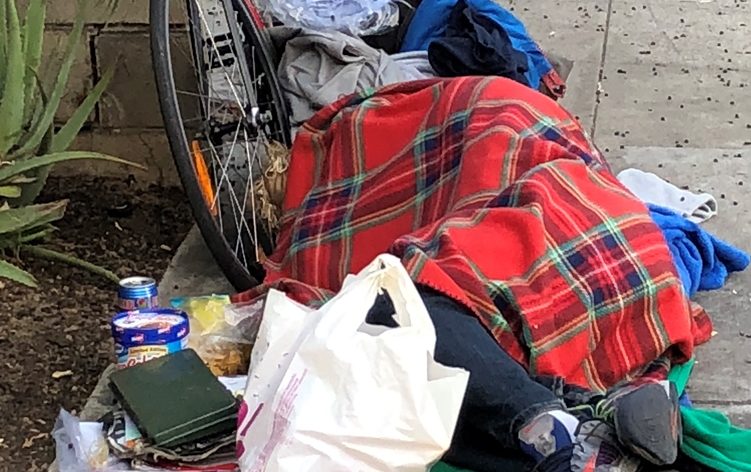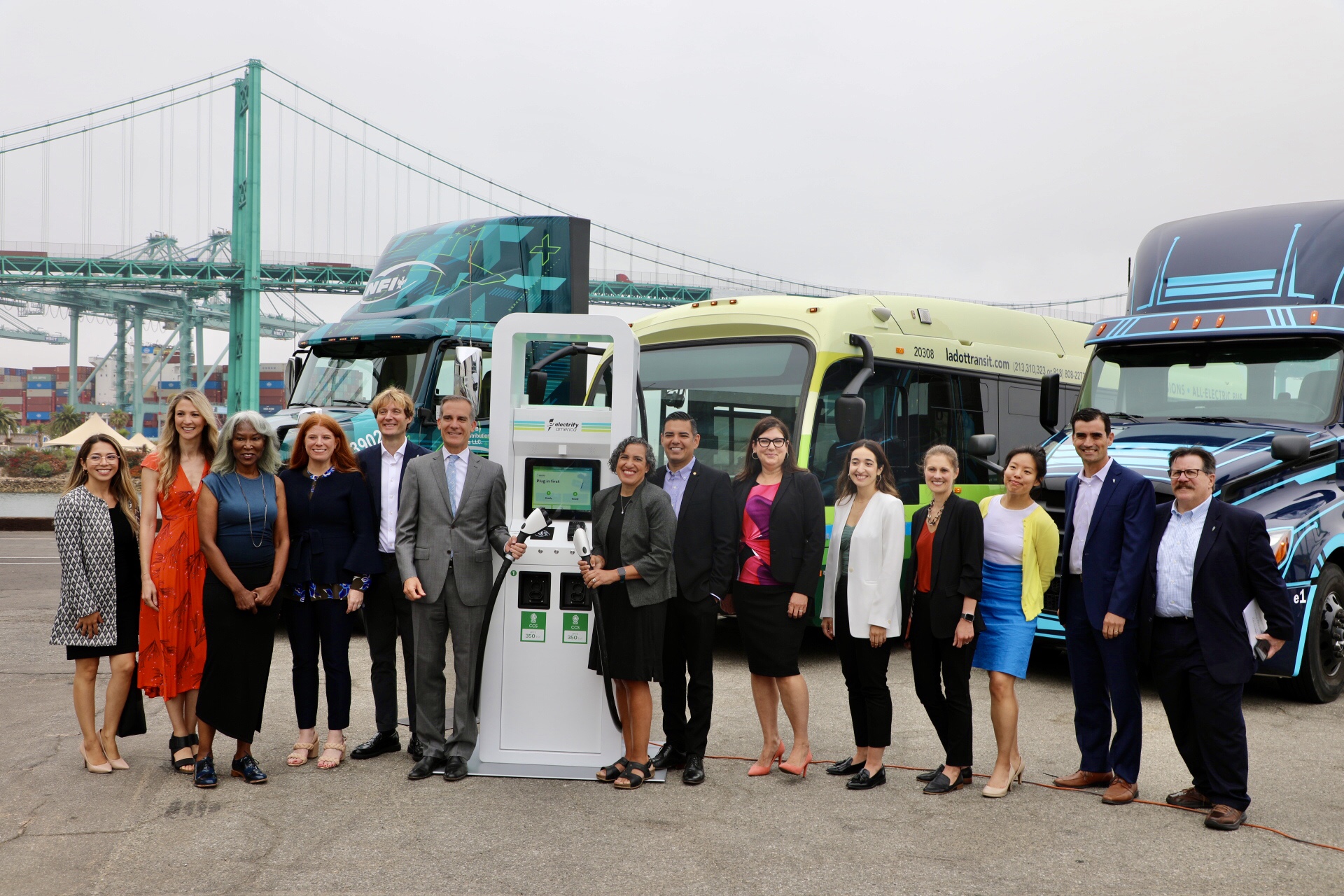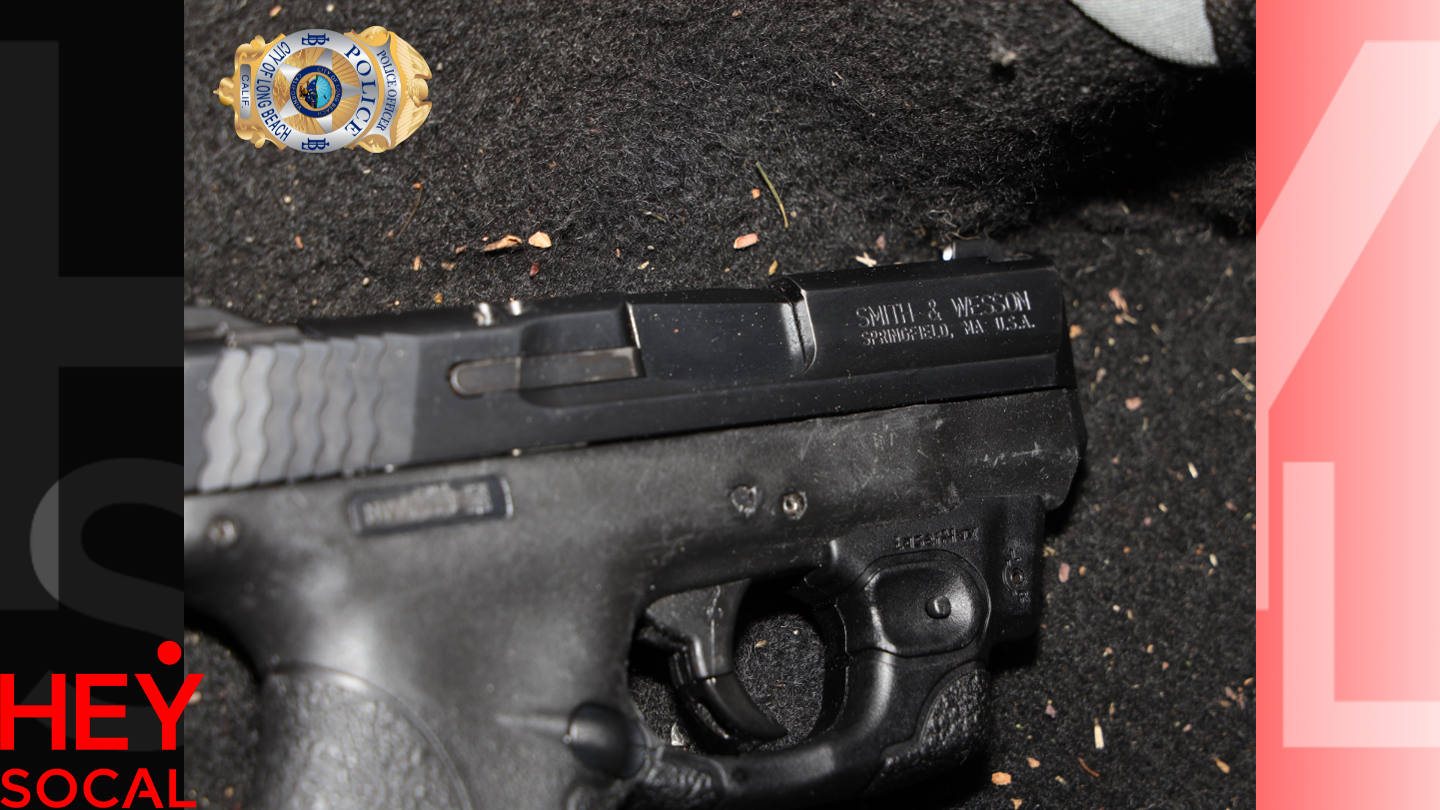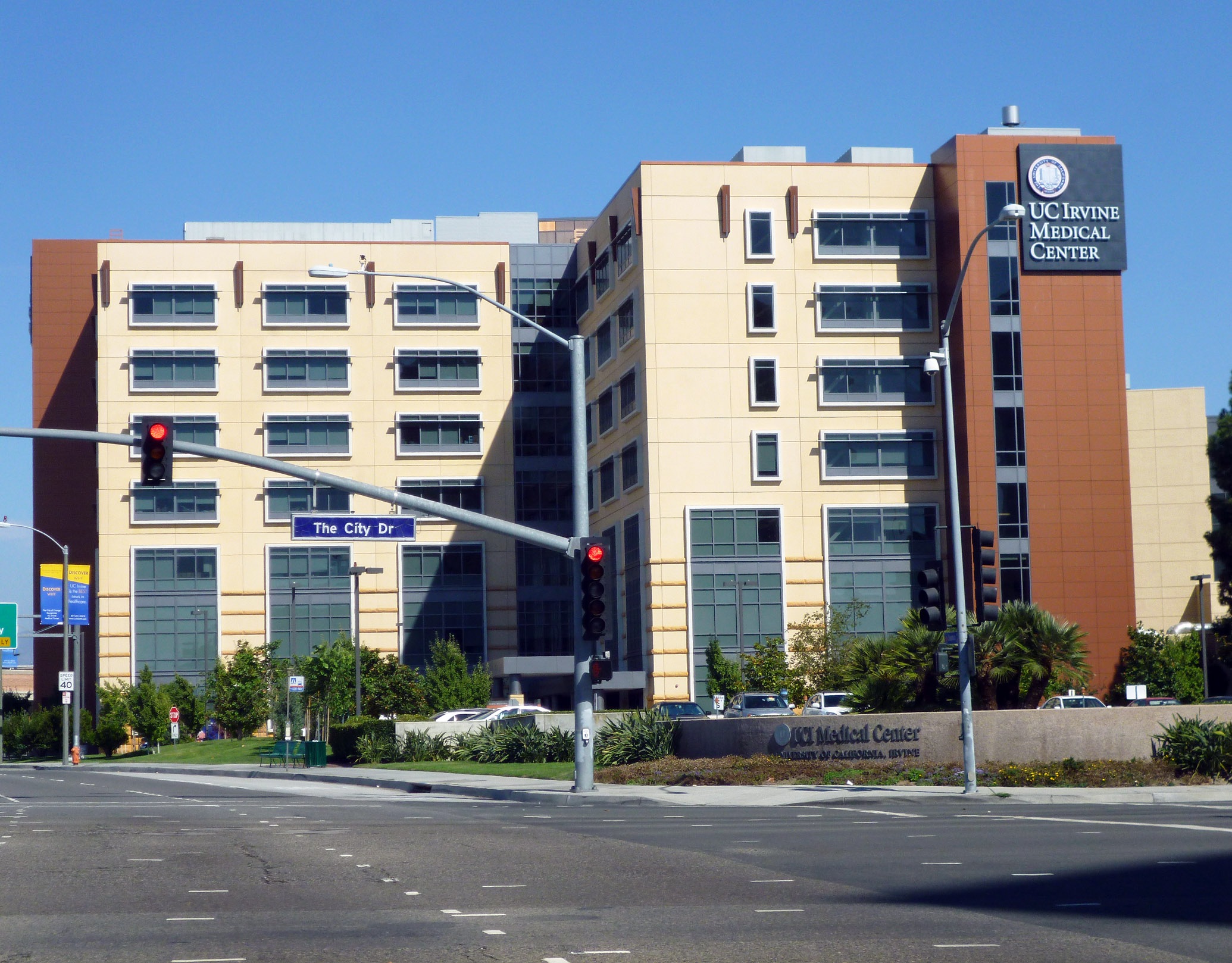Citing the need for urgent action on the homelessness crisis before the Los Angeles City Council leaves for summer recess, members voted Tuesday to instruct the city attorney to draft an ordinance that would restrict sleeping and homeless encampments in certain areas of the city.
Councilman Paul Krekorian, who co-introduced the motion, said the ordinance would be presented for a vote on Thursday, when council members will hold a special meeting before the recess.
The motion was introduced as a substitute motion to a stricter anti- camping draft ordinance that was stalled in the Homelessness and Poverty Committee since November. Councilman Joe Buscaino, who is running for mayor partly on an agenda to enforce the city’s anti-camping laws, invoked a rarely used rule last Wednesday to have the council pull the draft ordinance from committee.
“It was never a request of the Homelessness and Poverty Committee that this item be heard and we are now having to contend with it in the context of a Rule 54,” said Councilman Mark Ridley-Thomas, who chairs the committee.
Krekorian, who said the draft ordinance would allow a “draconian response” to homelessness, introduced the substitute motion with Council President Nury Martinez and Councilmen Ridley-Thomas, Mitch O’Farrell, Bob Blumenfield and Kevin de Leon.
The motion instructed the city attorney to prepare an ordinance that allows the city to “maintain passable sidewalks and access points by preventing sitting, sleeping, lying, storing personal property or otherwise obstructing the public right-of-way within two feet of any fire hydrant or fire plug, or within five feet of any operational or utilizable entrance or exit, or within 10 feet of a loading dock or driveway, or in a manner that interferes with any activity for which the city has issued a permit, or in a manner that restricts accessible passage as required by the Americans with Disabilities Act, or anywhere within a street, including bike paths.”
The motion also instructs the city administrative officer to develop and implement a Street Engagement Strategy within 30 days to offer people suitable and available overnight shelter, interim housing or permanent housing.
“In January, I set out to put together a strategy to have detailed discussions with this council about the homelessness crisis to hear the concerns of our housed and unhoused constituents. Over the last several months we’ve approved motions for establishing standards for street outreach and housing as well as street engagement and hygiene,” Martinez said in a statement after the vote. “Now the council is ready to make a decision and proceed with how we maintain our public right of way so that it is accessible and available to all residents. Now is the time to act. No more excuses.”
Councilman Mike Bonin voted against the motion, saying that council members should be presented with a map to better understand in practice where people would and would not be allowed to camp.
Councilwoman Nithya Raman, who also voted against the motion, similarly said, “This is law that impacts every resident of this city and right now I feel like I’m making a decision on this law without the information I need to understand the impacts of this law.”
Buscaino also voted against the motion, but he said he agrees with the content. His said he voted no because he is skeptical that the city attorney would be able to prepare an ordinance by Thursday and he instead preferred to vote on the ordinance available now.
“I’ve been skeptical of the city attorney drafting ordinances. Mr. Krekorian, if the thing comes before us on Thursday I’ll be the first to vote yes, but I’m skeptical,” Buscaino said.
The ordinance that will be presented to council members will also restrict obstructing the public right-of-way within 500 feet of a “sensitive” facility, including schools, day care facilities, parks and libraries.
While enforcement for that could begin immediately, people would be restricted from blocking the public-right-of way in the following areas once the city posts signage and gives notice:
— up to 500 feet of a designated overpass, underpass, freeway ramp, tunnel, bridge, pedestrian bridge, subway, wash or spreading ground, railroad track or where lodging unsheltered or in tents is unhealthy, unsafe and incompatible with safe passage; and
— up to 1,000 feet of a facility opened after Jan. 1, 2018 that provides shelter, safe sleeping, safe parking, or navigation centers for persons experiencing homelessness.
Councilman John Lee said he believed if the city doesn’t stop people from sleeping near homeless housing developments, constituents will want to stop building them.
“I need to be able to enforce around the housing that we have put in CD12 because the rest of my district is looking at those locations and unless I’m able to enforce around those locations, the rest of my community is going to say `why would we want to put something in our community when it makes absolutely no difference?”‘ he said.
The ordinance would also allow the city to prevent encampments for a period of no longer than one year in areas that are deemed an ongoing threat to public health or safety, including due to:
- death or serious bodily injury of any person at the location due to a hazardous condition;
- repeated serious or violent crimes or threats of serious or violent crimes, including human trafficking; and
- fires at the location.
“The status quo is unacceptable but the solution to homelessness is not to make homelessness illegal. The solution to homelessness is to provide homes,” Krekorian said.
“But it’s also saying that there’s certain conduct on sidewalks, on our rights-of-way, on our streets that cannot be tolerated under any circumstances,” he added. “Blocking access to the public infrastructure is not acceptable, creating hazardous conditions on our streets that puts the lives of the unhoused in danger, as well as surrounding communities, is not acceptable. Limitless encampments around parks and libraries and schools is not acceptable.”
While also calling the status quo “untenable,” Ridley-Thomas said, “I think we can also agree that there are right ways and wrong ways to disrupt the status quo and improve conditions on the street. I am governed by a fundamental position: Before the unhoused are restricted from occupying public space, they should be thoughtfully engaged and offered a suitable alternative for housing options.”
The motion also instructed all relevant city departments to minimize engagement between law enforcement and people experiencing homelessness by:
- ensuring that service providers lead the Street Engagement Strategy and that people are offered interim or permanent housing services, treatment programs or other available interventions;
- deploying available alternative-to-policing models, including interventionists and experts in conflict resolution; and
- limiting law enforcement engagement to only where there is criminal behavior or activity and circumstances with a serious threat to public health or safety.
The city’s current anti-camping ordinance, which has not been enforced during the COVID-19 pandemic, prohibits tents during daytime hours, from 6 a.m. to 9 p.m. On June 9, Buscaino requested that the council amend the mayor’s Declaration of Local Emergency and resume enforcement of the current anti- camping ordinance.







